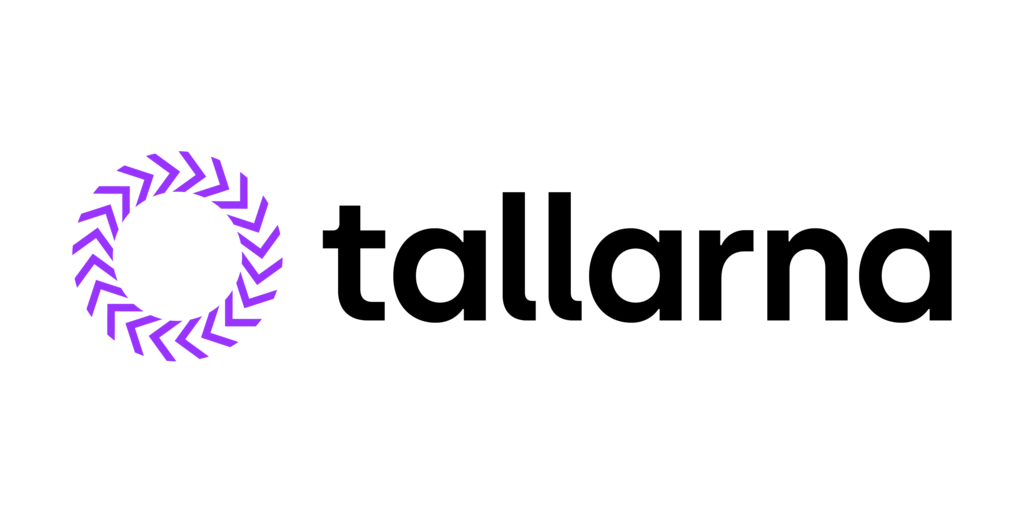
A new electric super hub is making it easier than ever to drive your electric vehicle to one of Cornwall’s famous beach towns this summer, because GRIDSERVE just opened a new Super Hub (TM) that’s home to six high-power, 350kW-capable EV chargers, plus a further six low-power, 22kW-capable AC chargers that will please guests staying at the onsite Holiday Inn Express.
“We are delighted to deliver a UK first innovation to Cornwall Services and its customers,” said GridServe CEO Toddington Harper. “We hope the innovative technology we have deployed at this location can also become a blueprint for others, where larger grid connections will be too slow to deliver to keep up with the demand that the rapid transition to electric vehicles presents. We have also submitted plans to further increase energy capacity at the site in future with an adjacent solar farm, which will allow us to deliver up to 4 million zero carbon miles energy directly into electric vehicles every year.”
More importantly, “this flagship electric super hub features a few trick pieces of our latest equipment that have been feasibility tested in recent months,” according to the company’s official press release. All in an effort to “better manage the site’s limited grid capacity.”
More Than Putting Ports in the Ground
You may be wondering what the GRIDSERVE people are talking about here, so I’ll try to explain. See, even if a business or municipality wants to install high-speed DC charging stations, their local utility may not be able to install the necessary infrastructure for months, significantly delaying rollout plans. “Not all suitable charging sites can become operational in a reasonable time frame due to grid constraints,” writes John Gartner, at the Center for Sustainable Energy. “Offering DC fast charging services requires an intense amount of power per location, such as the 600 kilowatts (kW) needed to host four 150-kW DC fast chargers for sites to be eligible for federal funding from the Infrastructure Investment and Jobs Act.”
That’s one of the reasons why the GRIDSERVE Super Hub features a huge, 1MW battery storage system that’s nestled into a corner of the site.
“We already have batteries at our solar farms and Electric Forecourts and they work like miniature power plants,” reads the official copy. “[They’re] able to store energy generated from our solar panels and either deliver this energy to our charging customers or, in times of peak demand, back to the grid to the wholesale market. This is another revenue stream that we can generate to provide sustainability for the network.”
It’s a clever workaround, and one that we’ll expect to see more from Electrify America and others as the push to put ever more “steel in the ground” accelerates to meet growing EV charging demands.
Source | Images: GRIDSERVE.
I don’t like paywalls. You don’t like paywalls. Who likes paywalls? Here at CleanTechnica, we implemented a limited paywall for a while, but it always felt wrong — and it was always tough to decide what we should put behind there. In theory, your most exclusive and best content goes behind a paywall. But then fewer people read it! We just don’t like paywalls, and so we’ve decided to ditch ours. Unfortunately, the media business is still a tough, cut-throat business with tiny margins. It’s a never-ending Olympic challenge to stay above water or even perhaps — gasp — grow. So …
Sign up for daily news updates from CleanTechnica on email. Or follow us on Google News!
Have a tip for CleanTechnica, want to advertise, or want to suggest a guest for our CleanTech Talk podcast? Contact us here.
Former Tesla Battery Expert Leading Lyten Into New Lithium-Sulfur Battery Era:
CleanTechnica uses affiliate links. See our policy here.





